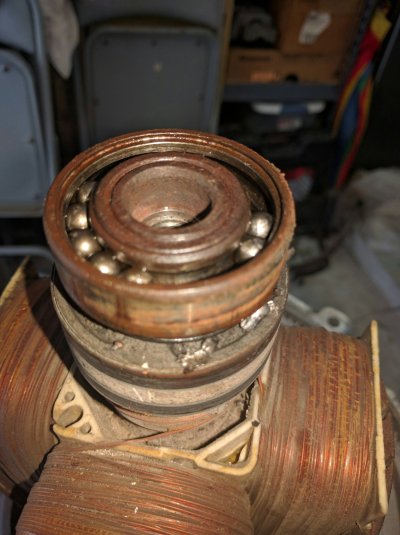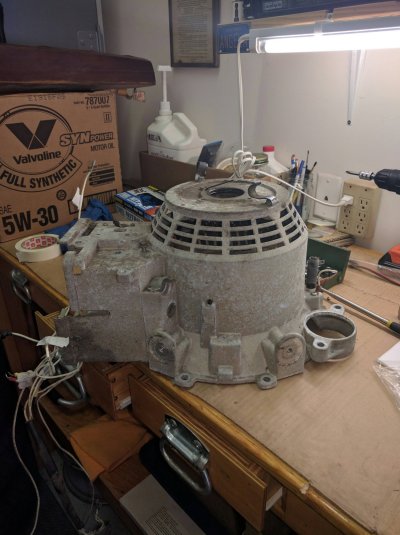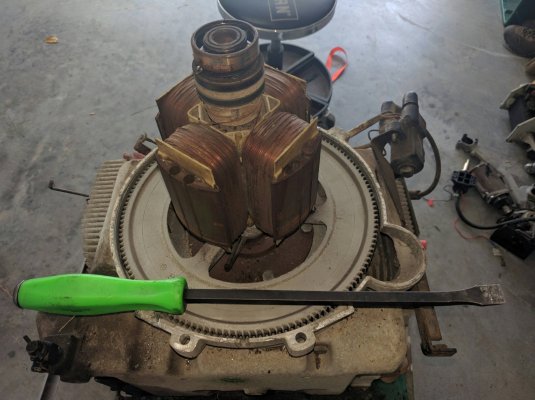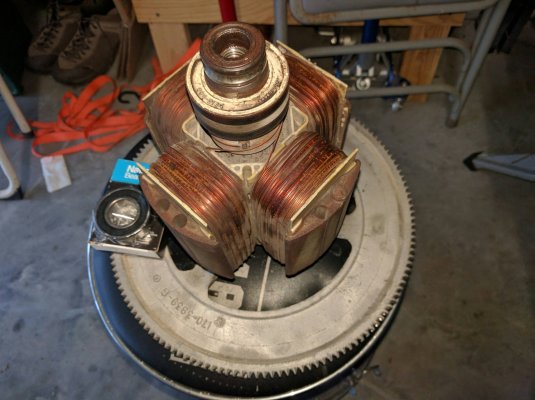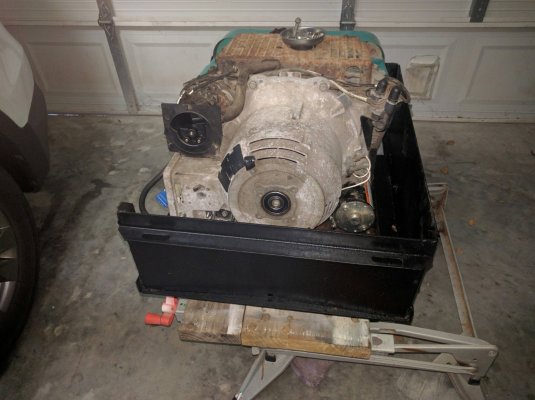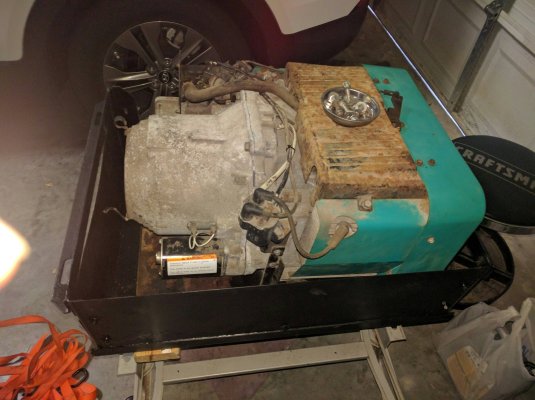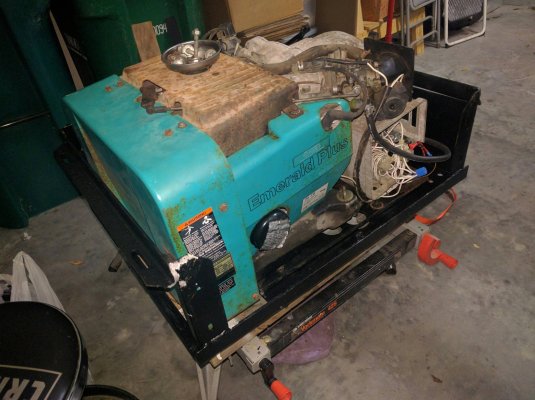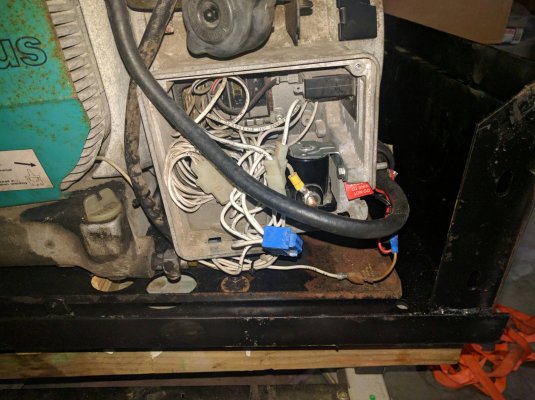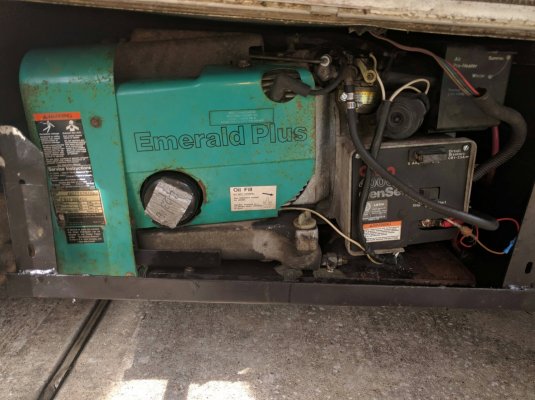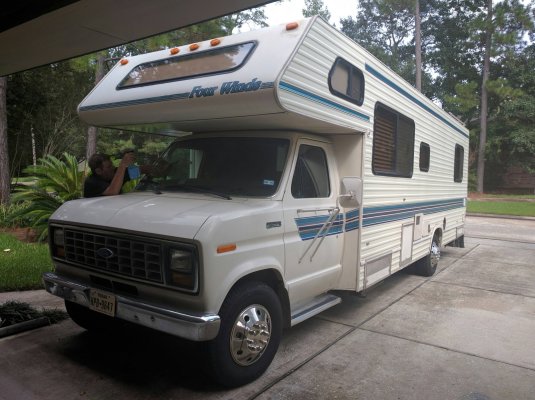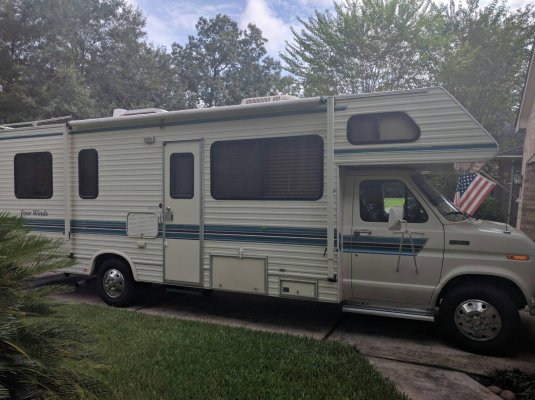NW-Bound
Give me a museum and I'll fill it. (Picasso) Give me a forum ...
- Joined
- Jul 3, 2008
- Messages
- 35,712
Yes, the hard-start cap definitely helps. However, there's a difference between mechanical generators and the inverter-type like the new breed of generators.
Mechanical generators will get bogged down for a few seconds if overloaded momentarily, and if the circuit breaker does not pop off, they will recover. The inverter type will shut off extremely quick if its electronic circuit is overloaded.
By the way, I was wrong about the EU2000. A pair of them will run the RV AC with no problem. The hard-start cap does help some people to run the AC on a single EU2000. However, they still have a bit of problems on a hot day (AC refrigerant pressure is higher), or at a high altitude (generator is weaker due to thin air).
Mechanical generators will get bogged down for a few seconds if overloaded momentarily, and if the circuit breaker does not pop off, they will recover. The inverter type will shut off extremely quick if its electronic circuit is overloaded.
By the way, I was wrong about the EU2000. A pair of them will run the RV AC with no problem. The hard-start cap does help some people to run the AC on a single EU2000. However, they still have a bit of problems on a hot day (AC refrigerant pressure is higher), or at a high altitude (generator is weaker due to thin air).
Last edited:

